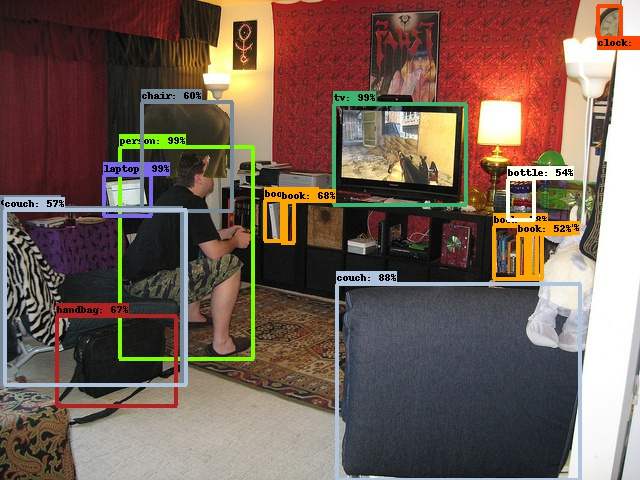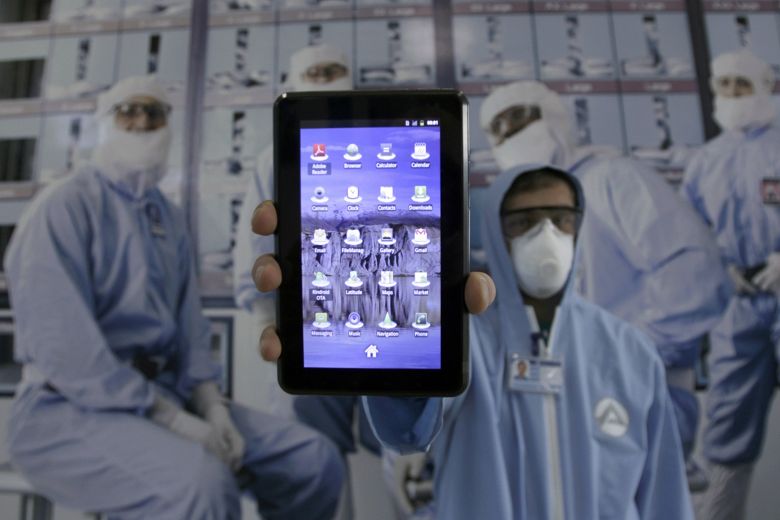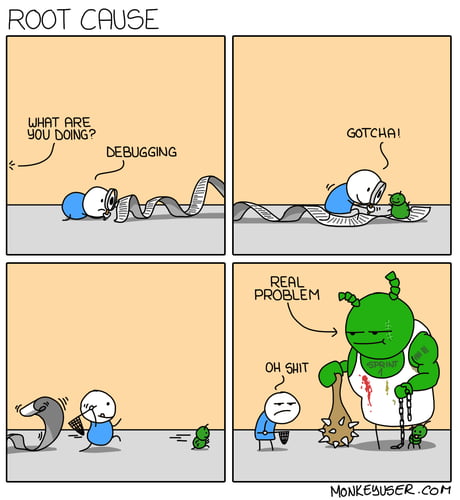Illustrated TLS Handshake to click through. Awesome effort. Code is here. For bonuspoints, it’s using curve25519.
Blog
-
Cops Told ‘Don’t Look’ at New iPhones to Avoid Face ID Lock-Out – Motherboard
Cops Told ‘Don’t Look’ at New iPhones to Avoid Face ID Lock-Out – Motherboard
— Weiterlesen motherboard.vice.com/amp/en_us/article/5984jq/cops-dont-look-iphonex-face-id-unlock-elcomsoft -
Release: Kubernetes 1.12
Kubelet TLS Bootstrap and Azure Virtual Machine Scale Sets (VMSS) Move to General Availability – Kubernetes Blog
Author: The 1.12 Release TeamWe’re pleased to announce the delivery of Kubernetes 1.12, our third release of 2018!Today’s release continues to focus on internal improvements and graduating features to stable in Kubernetes. This newest version graduates key features such as security and Azure. Notable additions in this release include two highly-anticipated features graduating to general availability: Kubelet TLS Bootstrap and Support for Azure Virtual Machine Scale Sets (VMSS).
-
Machine Learning Confronts the Elephant in the Room
Machine Learning helps identifying the elephant in the room. Literally.
 A visual prank exposes an Achilles’ heel of computer vision systems: Unlike humans, they can’t do a double take.
A visual prank exposes an Achilles’ heel of computer vision systems: Unlike humans, they can’t do a double take.Source: Machine Learning Confronts the Elephant in the Room | Quanta Magazine
-
The terrifying, hidden reality of Ridiculously Complicated Algorithms
Leseempfehlung: Ein Journalist spricht mit einem anonymen Big Data Engineer/Analyst über die Komplexität von Algorithmen. Wie erschreckend die Abhängigkeit von undurchschaubaren Komponenten geworden ist gegenüber dem Einfluss den Maschinen damit auf unser Leben haben.
Man kann das auch als Laie verstehen, wie ich meine, selbst mein Verständnis von Big Data reicht nur so weit als das als realistisch einzuschätzen.
 ‘I’ll lose my job if anyone knows about this.”There was a long silence which I didn’t dare to break. I had begged to make this meeting happen. And now the person I had long been trying to meet leaned towards me. “Someone is going to go through your book line by line,” he said, “to try to work out who I am.”He’d been a talented researcher, an academic, until his friend started a small technology company. He had joined the company and helped it to grow. It eventually became so big that the company had been acquired by one of the tech giants. And so, then, was he.He was now paid a fortune to help design the algorithms that were central to what the tech giant did. And he had signed solemn legal documents prohibiting him from speaking to me, or to anyone, about his work. But as the…
‘I’ll lose my job if anyone knows about this.”There was a long silence which I didn’t dare to break. I had begged to make this meeting happen. And now the person I had long been trying to meet leaned towards me. “Someone is going to go through your book line by line,” he said, “to try to work out who I am.”He’d been a talented researcher, an academic, until his friend started a small technology company. He had joined the company and helped it to grow. It eventually became so big that the company had been acquired by one of the tech giants. And so, then, was he.He was now paid a fortune to help design the algorithms that were central to what the tech giant did. And he had signed solemn legal documents prohibiting him from speaking to me, or to anyone, about his work. But as the…Source: The terrifying, hidden reality of Ridiculously Complicated Algorithms
-
How the Internet really works
I tiny intro to the most important technology in the worlds history.
-
Root Cause Analysis

Root Cause monkeyuser.com
-
Idea meets Market
Unternehmensgründung gehört im Spätkapitalismus ja zum guten Ton, Startup ist eine Szene in der man in ist, wenn man drin ist. Das die Realität häufig härter ist, liest man ja meistens nur in den unteren Teilen der Berichterstattung. Sehr schön fasst das Video, das vergangene Woche auf Facebook aufgetaucht ist, den Prozess von der Idee über den Businessplan und Angel-Money bis zum Markteintritt zusammen.
-
Fixing issues in Software
So machen Profis das.
Applied the patch, closing ticket. pic.twitter.com/bB1vBN87pU
— The Javvad Malik A.I. (@J4vv4D) July 20, 2018